Optimal Timing for Concrete Installations
Determining the optimal time for concrete installations involves considering local climate conditions and seasonal temperatures. In Oroville, California, the ideal period typically spans from late spring to early fall, when temperatures are moderate and humidity levels are conducive to proper curing. Installing concrete during these months helps ensure durability and reduces the risk of cracking or setting issues caused by extreme weather.
Spring offers moderate temperatures and lower humidity, promoting optimal curing conditions for concrete projects.
Early summer can be suitable if measures are taken to manage high temperatures, such as shading and watering.
Fall provides cooler weather and stable conditions, reducing the risk of rapid drying or freezing during curing.
Winter in Oroville presents risks like freezing temperatures and moisture, which can hinder proper setting and strength development.
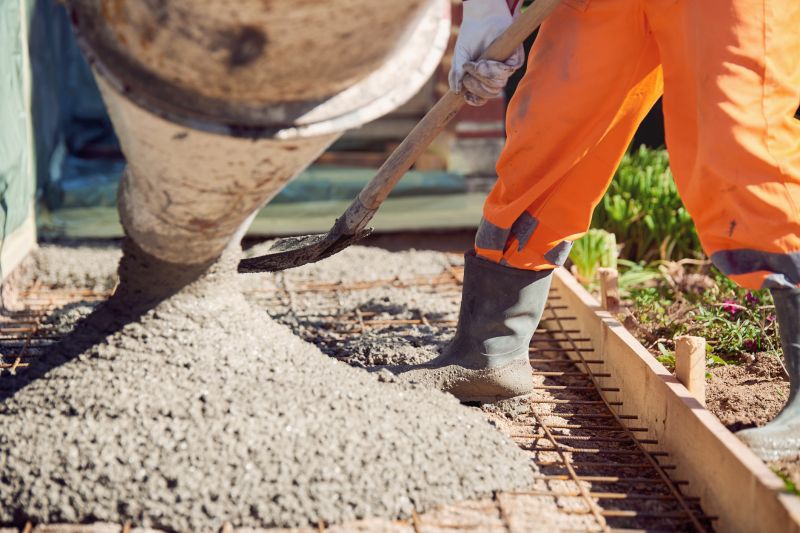
Ways to make Concrete Installations work in tight or awkward layouts.

Popular materials for Concrete Installations and why they hold up over time.

Simple add-ons that improve Concrete Installations without blowing the budget.

High-end options that actually feel worth it for Concrete Installations.
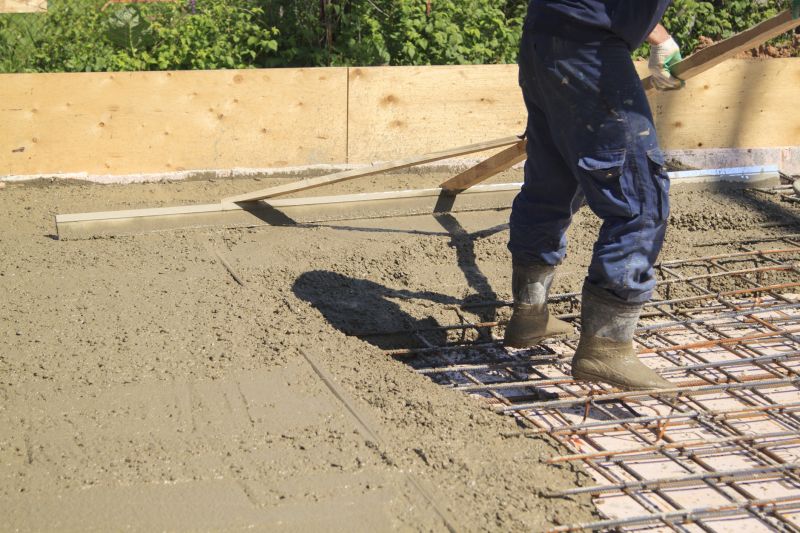
Finishes and colors that play nicely with Concrete Installations.
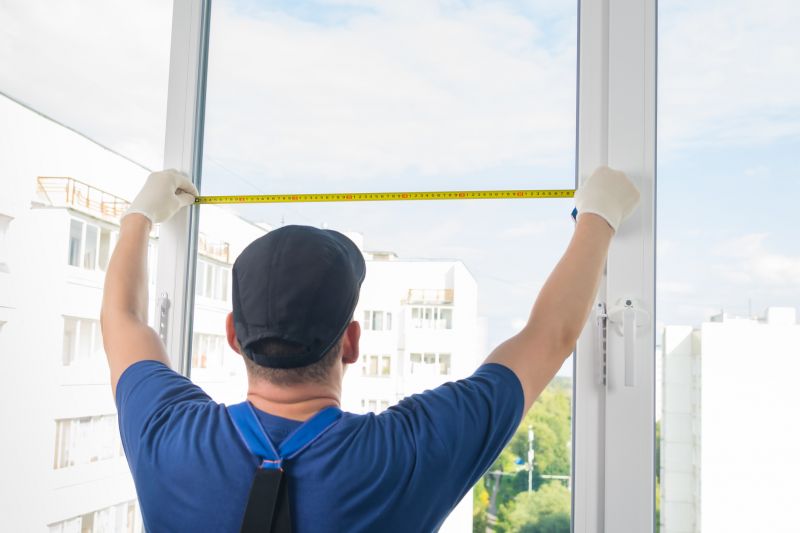
Little measurements that prevent headaches on Concrete Installations day.
| Season | Ideal Conditions |
|---|---|
| Spring | Moderate temperatures, low humidity |
| Summer | Warm temperatures, risk of high heat |
| Fall | Cooler weather, stable conditions |
| Winter | Cold temperatures, risk of freezing |
Concrete installations require careful planning to match seasonal conditions for optimal results. Proper timing ensures the concrete cures correctly, achieving maximum strength and durability. Site preparation, weather monitoring, and adjusting work schedules are essential to successful projects in Oroville's climate.

A 60-second routine that keeps Concrete Installations looking new.

A frequent mistake in Concrete Installations and how to dodge it.
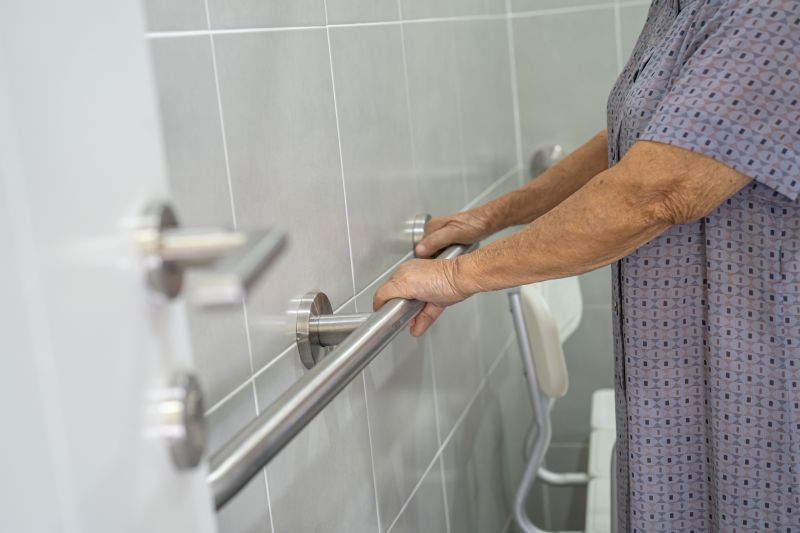
Small tweaks to make Concrete Installations safer and easier to use.
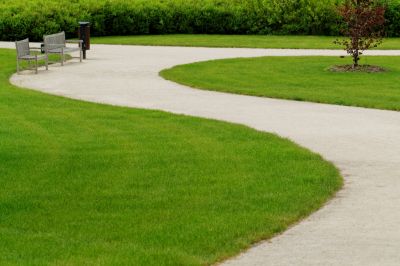
Lower-waste or water-saving choices for Concrete Installations.
Temperature, humidity, and weather patterns influence the scheduling of concrete projects.
Adjusting work schedules and implementing protective measures can mitigate weather-related issues.
Adequate curing during the right season enhances concrete strength and longevity.
Real-time weather tracking helps determine the best days for pouring and finishing concrete.
Understanding seasonal influences on concrete installation is vital for achieving durable and high-quality results. Proper scheduling, combined with weather-aware practices, ensures that concrete structures withstand environmental stresses over time.
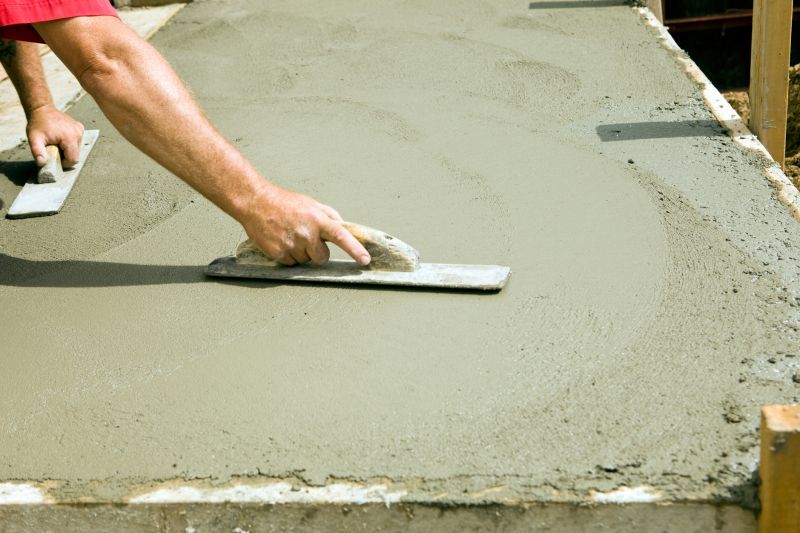
The short, realistic tool list for quality Concrete Installations.
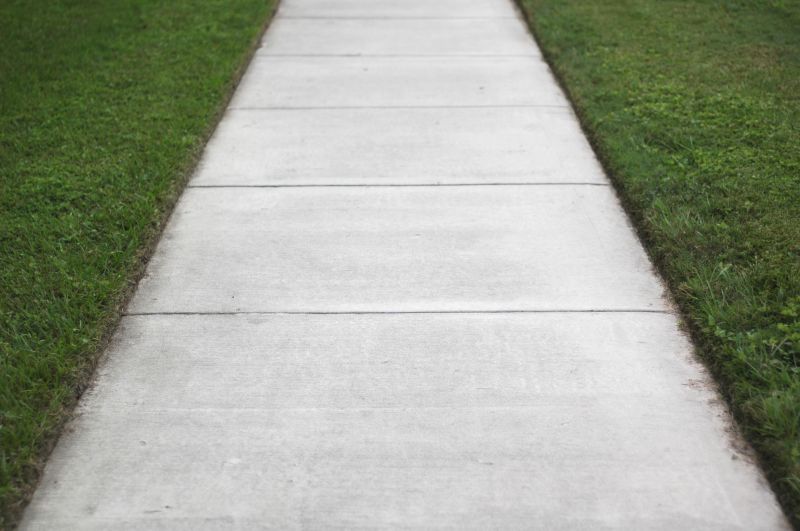
Rough timing from prep to clean-up for Concrete Installations.
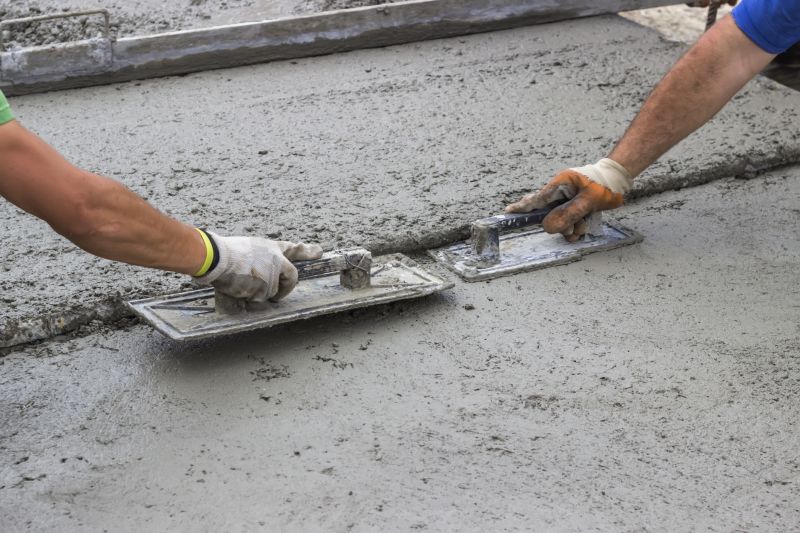
Quick checks and paperwork to keep after Concrete Installations.
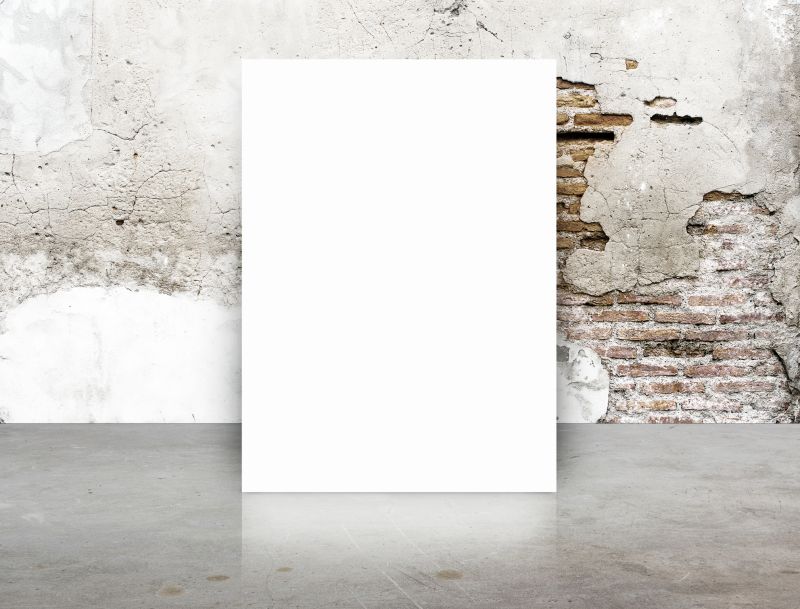
Examples that show the impact a good Concrete Installations can make.

Ways to make Concrete Installations work in tight or awkward layouts.
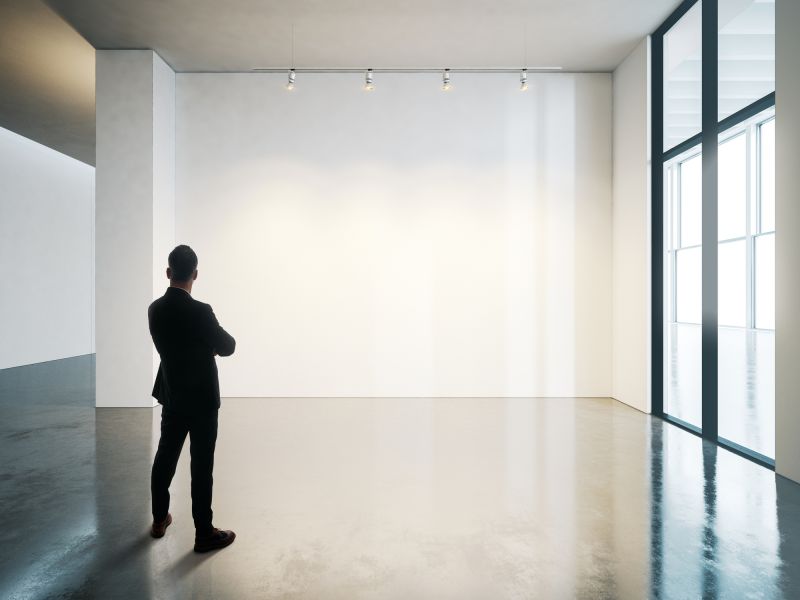
Ways to make Concrete Installations work in tight or awkward layouts.
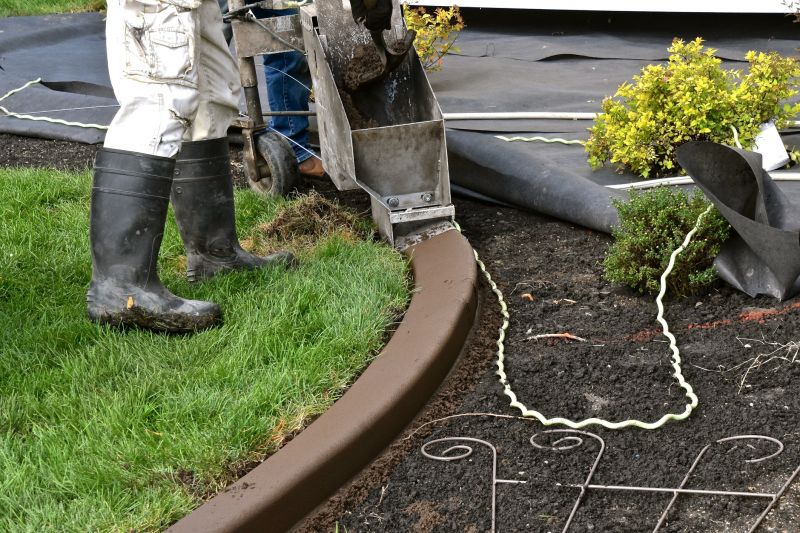
Ways to make Concrete Installations work in tight or awkward layouts.
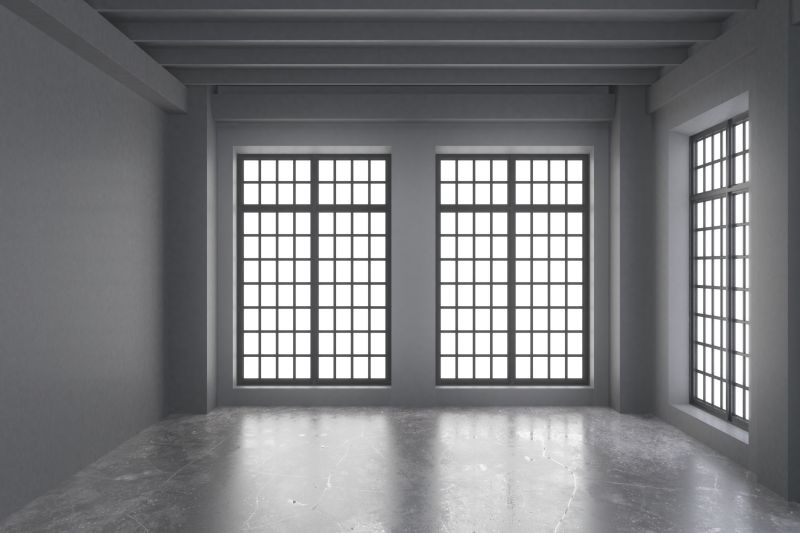
Ways to make Concrete Installations work in tight or awkward layouts.
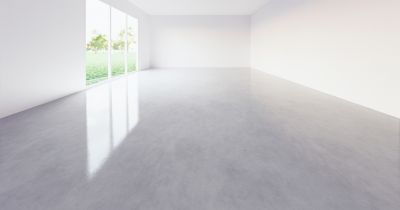
Ways to make Concrete Installations work in tight or awkward layouts.
Interested in scheduling a concrete installation? Fill out the contact form to discuss timing options suitable for Oroville's climate and ensure a successful project.

